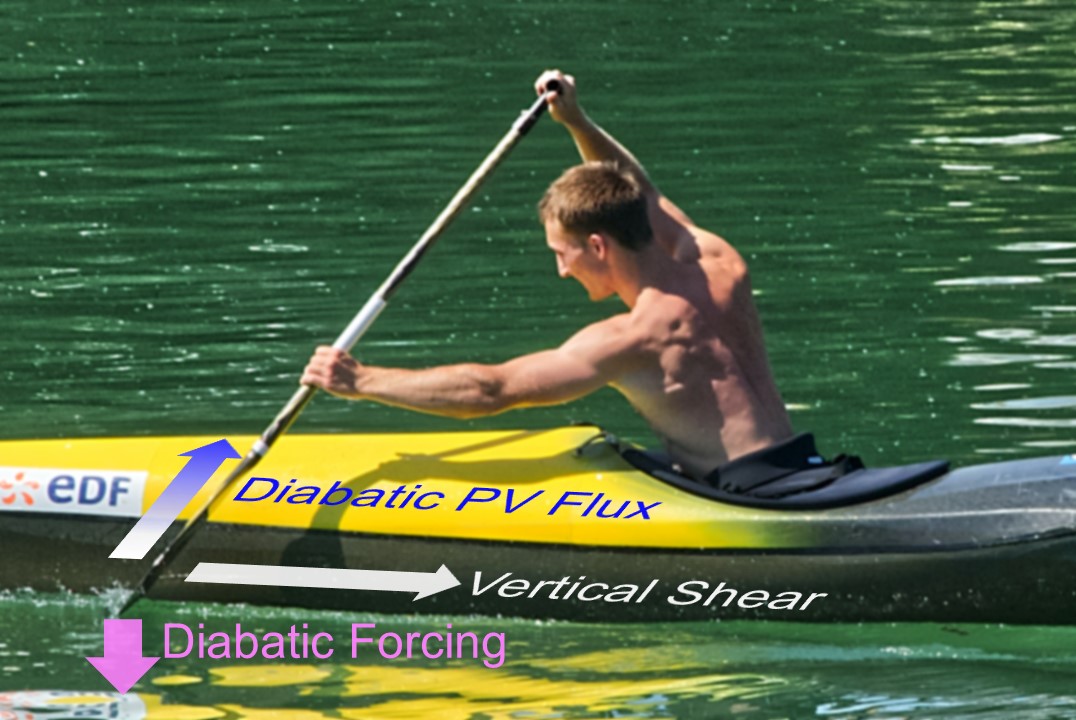Comments on “On the Structure and Formation of UTLS PV Dipole/Jetlets in Tropical Cyclones by Convective Momentum Surges”
Published in Mon. Weather Rev., 2020
Recommended citation: Ong, H. (2020). Comments on “On the Structure and Formation of UTLS PV Dipole/Jetlets in Tropical Cyclones by Convective Momentum Surges”. Mon. Weather Rev., 148(11), 4693-4695. https://doi.org/10.1175/mwr-d-20-0156.1
This paper is about how vertical momentum transport yields horizontal flux of potential vorticity.
Download plain language summary here
The target of this comment paper: Hitchman and Rowe (2019)
The reply to this comment paper: Hitchman and Rowe (2020)
A record of my comments on their reply during the comment-reply correspondence: Comments on Hitchman and Rowe’s Reply
My blog post using the new conceptual model proposed in this comment paper in a real case study: The Role of Diabatic Vorticity Tilting in PV Distribution in the Outflow Layer of Hurricane Epsilon (2020)
Photo by Pascal Bernardon on Unsplash.
To me, the vertical shear is analogous to the velocity difference between paddle motion and water flow, and the diabatic forcing is analogous to the paddle impingement on the interface. My conceptual model suggests that these ingredients together (take the product) yield the PV dipole. The canoe paddle schematic can be viewed upright or upside down with the impingement representing cooling or heating, respectively. In both cases, with respect to the paddler, the vertical shear is backward, and the diabatic PV flux is rightward.

